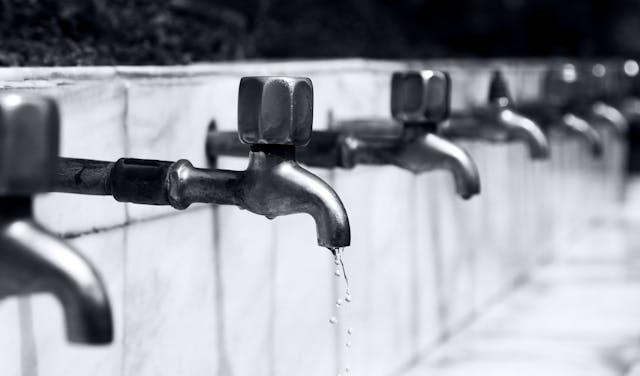In recent years, the plumbing industry has witnessed a significant transformation, largely propelled by advancements in technology. From smart leak detection systems to innovative pipe materials, technology is revolutionizing the way plumbing systems are designed, installed, and maintained. These smart solutions not only enhance efficiency and reliability but also contribute to sustainability efforts and cost savings. Let’s delve deeper into the key technologies reshaping the plumbing landscape.
1. Smart Leak Detection Systems
Water leaks can lead to substantial damage and costly repairs if left undetected. Smart leak detection systems utilize sensors and advanced algorithms to monitor water flow and detect leaks in real-time. These systems can send alerts to homeowners or building managers, enabling prompt action to mitigate potential damage. By identifying leaks early, these technologies help conserve water, reduce expenses, and prevent property damage.
2. Remote Monitoring and Control
Remote monitoring and control systems allow homeowners and facility managers to oversee their plumbing systems remotely via smartphones or computers. These platforms provide insights into water usage, temperature, and pressure levels, allowing for proactive maintenance and optimization. By remotely adjusting settings or shutting off water supply in case of emergencies, users can prevent disasters and minimize downtime.
3. Water-Efficient Fixtures and Appliances
Advancements in plumbing technology have led to the development of water-efficient fixtures and appliances. Low-flow toilets, aerated faucets, and high-efficiency showerheads are just a few examples of products designed to minimize water consumption without sacrificing performance. Additionally, smart appliances such as dishwashers and washing machines utilize sensors and algorithms to optimize water usage, further conserving resources and reducing utility bills.
4. Pipe Inspection and Repair Technologies
Traditional methods of inspecting and repairing pipes often involve invasive procedures and significant downtime. However, modern pipe inspection technologies such as video cameras and robotic crawlers enable plumbers to assess the condition of pipes without excavation. Furthermore, trenchless repair techniques such as pipe lining and pipe bursting minimize disruption to property and reduce costs associated with traditional trenching methods.
5. Water Quality Monitoring Systems
Ensuring safe and clean water is essential for both residential and commercial properties. Water quality monitoring systems utilize sensors to continuously monitor parameters such as pH levels, chlorine concentration, and contaminants. By providing real-time data and alerts, these systems help maintain water quality standards, prevent health hazards, and facilitate timely maintenance of filtration and purification systems.
6. Advanced Pipe Materials
The development of advanced pipe materials has significantly improved the durability and longevity of plumbing systems. Materials such as PEX (cross-linked polyethylene), PVC (polyvinyl chloride), and CPVC (chlorinated polyvinyl chloride) offer superior resistance to corrosion, chemicals, and temperature fluctuations compared to traditional metal pipes. These materials not only extend the lifespan of plumbing infrastructure but also reduce maintenance requirements and repair costs.
Embracing the Future of Plumbing
As technology continues to evolve, the plumbing industry must embrace these innovations to meet the demands of modern society. By adopting smart solutions, stakeholders can enhance efficiency, minimize environmental impact, and improve the overall reliability of plumbing systems. Furthermore, investments in technology-driven solutions can lead to long-term cost savings and contribute to sustainable practices.
Conclusion
Technology is playing a pivotal role in transforming the plumbing industry. Smart leak detection systems, remote monitoring platforms, water-efficient fixtures, advanced pipe materials, and other innovations are reshaping the way plumbing systems are designed, installed, and maintained. By leveraging these technologies, the industry can address challenges more effectively and pave the way for a more sustainable and resilient future.
